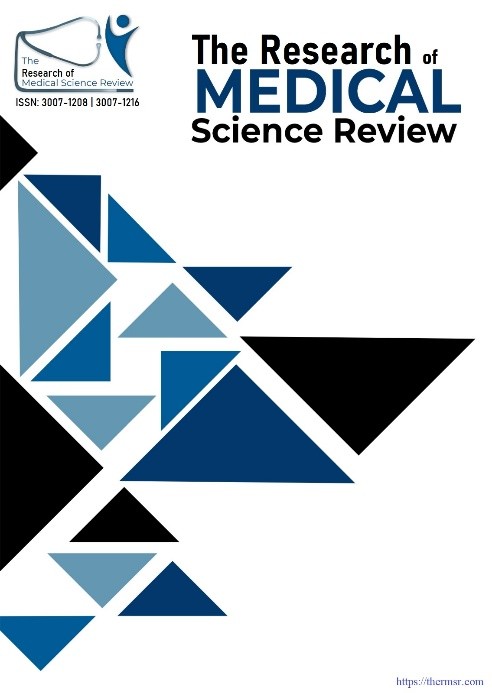ASSESSING THE PSYCHOSOCIAL ENVIRONMENT OF PUBLIC SCHOOLS IN RURAL PAKISTAN-UNDERSTANDING THE CONTEXT BEFORE PROGRAM IMPLEMENTATION
Main Article Content
Abstract
Objective: To perform the translation adaptation and validation of the WHO psychosocial environment tool for assessing the qualities of the school environment in the Pakistani context and identifyingthe areas for improvement before the implementation of the EMRO School Mental Health Program (SMHP).
Study Design and Methods: This was a cross-sectional study conducted as part of the pilot implementation of the EMRO School Mental Health program in the public schools of Gujjar Khan.
The WHO psychosocial environment profile (PSE) tool was translated and adapted into Urdu by the forward and backward translation method recommended by WHOfollowed by data collection from 90 respondents (80 teachers, 10 school administrators) in ten schoolsselected for pilot implementation.
Results: After adaptation in the Pakistani context, the tool preserved the main dimension with good reliability (Cronbach’s Alpha; 0.85, CR;0.89) and validity (AVE 0.67-0.86, satisfactory face validity and discriminant validity). Confirmatory Factor Analysis (CFA) indicated reasonable indices (normed Chi-square value (χ2/df)-1.692; SRMR - 0.70; RMSEA-0.056; CFI-0.843). Data was collected with a 100% response rate. Key findings were the non-availability of written policies in 80% of schools for the majority of areas except physical punishment, violence, bullying, and harassment. For available policies, there was no dissemination or enforcement according to 60-70% of respondents. Positive norms were the school’s welcoming attitude towardnewcomers (92%), avoiding physical punishment (92%), well-maintained discipline (100%) with clear enforcement of rules (93%), sense of belongingness of staff (92%), and support to parents for the child’s educational needs (81%).
Conclusion: The psychosocial environment of schools reveals a dearth of written policies and their enforcement. However, being small rural schools with possible better interconnectedness between students, teachers, and parents, there are many positive norms that can be strengthened through the establishment of formal policies and codes of conduct. Understanding these strengths and weaknesses and ensuring targeted evidenced-based measures are crucial for the improvement of the school environment and the well-being of children.
Downloads
Article Details
Section

This work is licensed under a Creative Commons Attribution-NonCommercial-NoDerivatives 4.0 International License.
